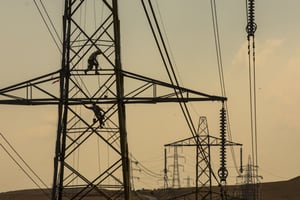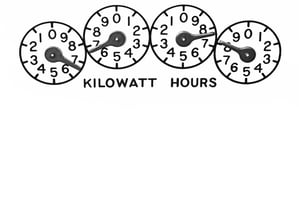As the UK approaches a general election, the future of its gas networks remains uncertain. Some...
In a Net Zero future, the risk of blackouts during windless days is a critical concern, particularly if there is insufficient standby generation.
At Tranzparent we are comparing the costs of an all-renewable energy system with one that requires natural gas with carbon capture. Our analysis focuses on periods of low wind, and we wanted to share some preliminary findings.
Historically, seasoned energy professionals have been most concerned about peak load periods when demand is highest. However, in a wind-driven system, peak demand often coincides with peak wind output. Therefore, the system faces the most stress during low wind periods, typically in the morning and evening/night.
Windless days could occur at any time, as an example we considered a business day in January at 8 am when demand was calculated to be 95 GW, our model shows (in this illustration case) a system failure due to insufficient generation. In this scenario, the system would require an additional 5 GW of standby hydrogen generation, on top of the existing 23 GW already assumed, to meet demand. Perhaps you have a different stress test you would like to analyse, contact us and we would be pleased to help.
The line in red shows generator needed to be added to the system to keep the lights on. All the other generators on the system are shown with their corresponding capacity in GW.
 Generation is insufficient on a Business Day in January at 8 am
Generation is insufficient on a Business Day in January at 8 am
The total capacity available to meet demand is calculated by tranzparent by taking the Installed Capacity 298 GW (the most any asset could provide), then calculating its Stack Capacity 95 GW (the amount of capacity available in the respective half hour taking availability and windiness etc into consideration and then despatching this to meet the demand in order of bid price, choosing the cheapest first. If you have a different bid price you would like to try for a given asset them the model allows you to input different bidding behaviour, contact us if you would like to know more.
The key takeaway is that standby generation incurs fixed costs that need to be paid, even if it is not used. This highlights the importance of ensuring adequate backup generation to maintain system reliability to meet low wind periods.
Tranzparent is a user-friendly, low-cost, whole energy system model. If you want to conduct your own analysis using our model, please reach out to us—we’re happy to assist. We will hold webinars to discuss the emerging results, come and join in the debate.
Get Involved
Contact us at our website (https://www.tranzparent.energy/ ) or email us at support@tranzparent.energy . We look forward to your participation and feedback.



